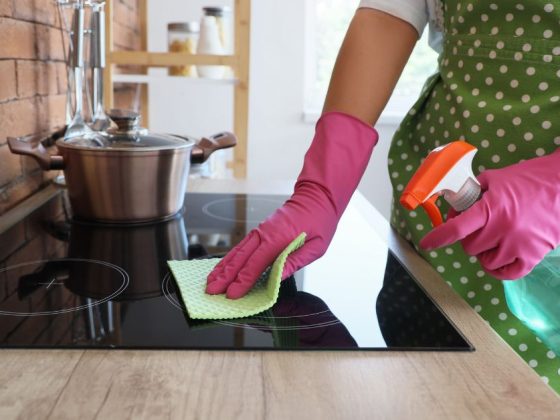The 4Cs: Unveiling the Essence
Clarity: Peering into Flaws
In the world of diamonds, clarity refers to the presence of imperfections, known as inclusions and blemishes. These imperfections, formed during the diamond’s natural creation process, impact its beauty and value. Grading systems such as the GIA (Gemological Institute of America) scale these imperfections from Flawless to Included, aiding buyers in understanding a diamond’s clarity level.
Color: Beyond the Spectrum
Diamonds showcase an array of colors, with the most valuable ones being colorless or exhibiting rare hues like blue, pink, or yellow. The color grading scale ranges from D (colorless) to Z (light yellow or brown), with the absence of color signifying higher quality. The unique color variations often play a significant role in a diamond’s overall beauty and market value.
Cut: Masterstroke of Brilliance
The cut of a diamond determines its ability to reflect light, maximizing its brilliance and fire. Facets, proportions, and symmetry are crucial factors in a diamond’s cut. A well-cut diamond, regardless of size, can exhibit extraordinary sparkle and beauty, while a poorly cut one may appear dull or lifeless.
Carat Weight: The Measure of Magnificence
Contrary to common belief, carat weight doesn’t solely determine a diamond’s value. Balancing size with quality is essential. Understanding how carat weight affects pricing helps in making informed decisions, considering the overall quality and appearance alongside size.
Beyond the 4Cs: Additional Considerations
Shape: The Art of Form
Diamonds come in various shapes, from the classic round brilliant to fancy cuts like princess, pear, or emerald. Each shape possesses unique characteristics influencing its brilliance, fire, and personal style. Preferences for specific shapes often depend on individual tastes and the intended jewelry design.
Certification: Authenticity in Details
Reputable laboratories like GIA, AGS (American Gem Society), and IGI (International Gemological Institute) provide detailed certificates outlining a diamond’s qualities. Understanding these certificates, which document a diamond’s 4Cs and any additional features, is crucial for ensuring authenticity and quality.
Navigating the Market
Sources and Retailers
Brick-and-Mortar vs. Online
Brick-and-mortar stores offer the advantage of physically inspecting and comparing diamonds. However, online retailers often provide a wider selection and competitive pricing. Each option has its merits and drawbacks, demanding a balance between convenience, trust, and the ability to assess the gem’s quality firsthand.
Ethical Sourcing
The allure of a diamond must not overshadow ethical concerns. Conflict-free diamonds sourced through responsible channels ensure they aren’t associated with human rights violations or environmental damage. Choosing retailers committed to sustainability and fair trade practices supports ethical sourcing.
Making the Purchase
Budgeting Wisely
Balancing Quality and Cost
While purchasing a diamond, it’s crucial to strike a balance between quality and cost. Investing in a higher quality stone might secure a timeless and more valuable piece, yet budget constraints might necessitate compromises. Smart shopping strategies, like prioritizing certain C’s over others, can help strike a balance.
Negotiation and Insurance
Mastering the Art of Negotiation
Negotiation skills play a pivotal role in securing a favorable deal. Understanding market prices, leveraging knowledge about the specific diamond, and negotiating respectfully can often lead to more advantageous pricing or added value, such as complimentary services or settings.
Ensuring Protection with Insurance
A diamond is not only a valuable investment but also an emotional one. Insurance safeguards against potential loss, theft, or damage. Securing comprehensive coverage specific to the diamond’s value and possible risks offers peace of mind.
Caring for Your Investment
Maintenance and Care
Cleaning and Preservation
Routine cleaning of diamonds at home using gentle solutions and soft brushes ensures their continued brilliance. Avoiding exposure to harsh chemicals or physical damage is key to preserving the gem’s allure.
Professional Maintenance
Periodic professional inspections and cleanings by trusted jewelers are imperative. Experts can identify and address potential issues, ensuring the diamond remains in optimal condition for generations.
Appraisals and Upkeep
Regular Appraisals for Value
Regular appraisals are vital for accurately assessing a diamond’s current value. Fluctuations in market trends and the overall condition of the gem necessitate updated appraisals to ascertain its worth accurately.
Upkeep and Enhancement
Routine upkeep, including possible re-polishing or re-cutting if needed, helps maintain the diamond’s integrity and aesthetic appeal. Any enhancements should be approached cautiously and preferably undertaken by skilled professionals to avoid devaluing the gem.
Conclusion
The world of diamond shopping is a multifaceted journey requiring a nuanced understanding of the 4Cs, additional considerations, and market dynamics. Armed with this knowledge, each individual can navigate this dazzling world, appreciating the unique beauty and significance that each diamond holds, ultimately finding not just a gem, but a timeless treasure. Embark on this exploration, allowing the allure of diamonds to guide you towards a treasure trove of brilliance and beauty.














